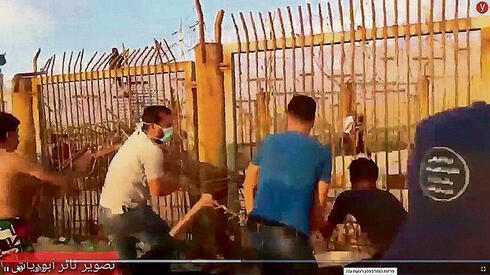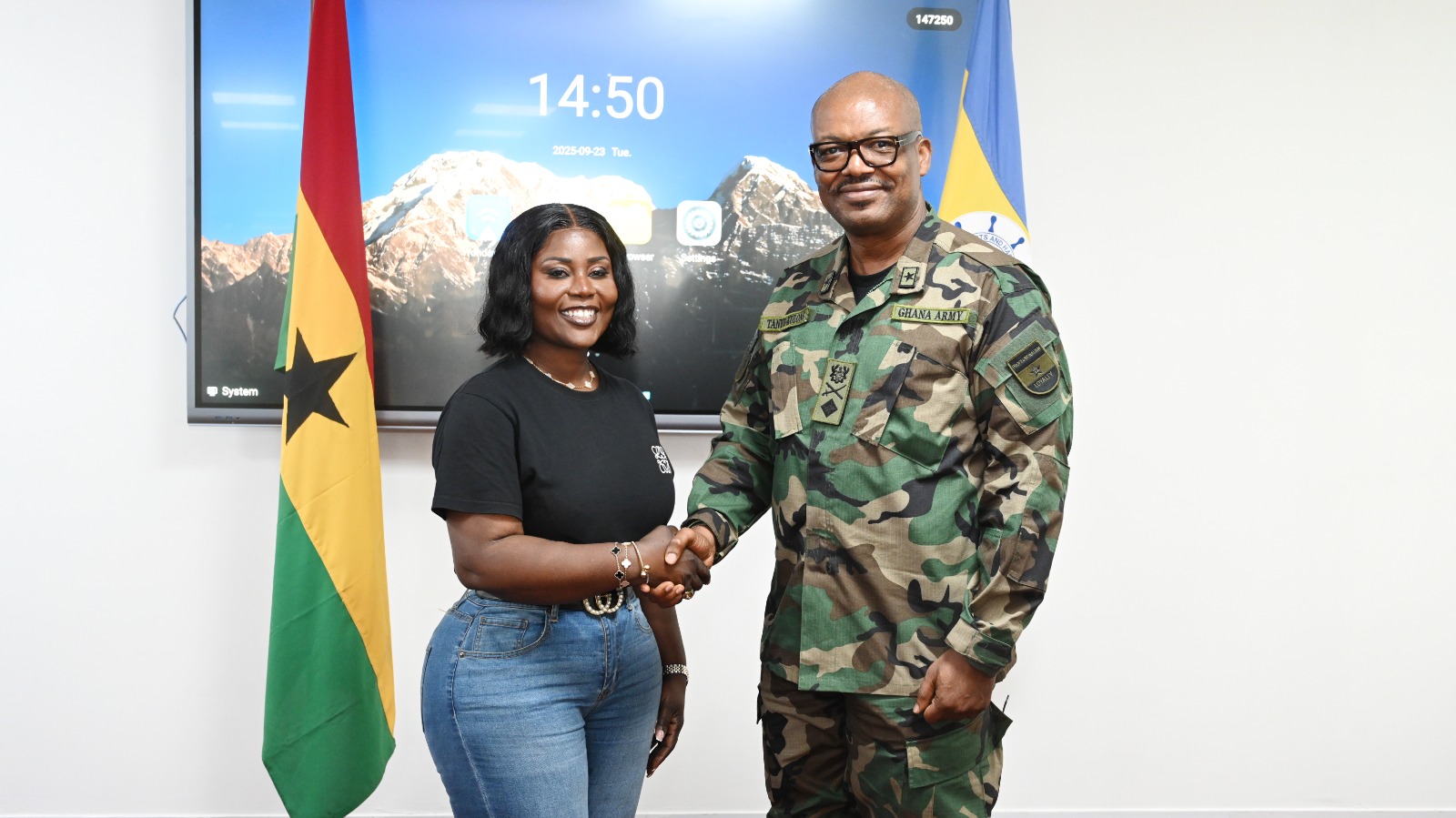Copyright ynetnews

At dawn on October 7, 2023, as Hamas terrorists stormed across the Gaza border, the Zikim training base (Bahad 4) found itself on the front line of one of the most violent assaults in Israel’s history. Within hours, seven IDF soldiers and commanders were killed defending the base, but their stand prevented the terrorists from capturing it and reaching nearby civilian areas. An IDF investigation later concluded that fighting took place in five separate zones within the base, and 11 terrorists were killed before the area was secured. “The heroic battle prevented the terrorists from advancing toward civilian areas,” the report stated. The fallen were Maj. Adir Abudi, Capt. Or Moses, Lt. Adar Ben Simon, Lt. Yannai Kaminka, Staff Sgt. Eden Alon Levy, Staff Sgt. Omri Niv Firshtein and Cpl. Neria Aharon Nagari. At 6:37 a.m., before the terrorists reached the base, the commander of the defense company spoke with another officer and concluded that direct contact with terrorists was likely. In anticipation, the commander ordered all guard positions reinforced and manned only by commanders. That decision would prove crucial in the hours that followed. Shortly after 7 a.m., civilians fleeing from nearby Zikim Beach arrived at the base. At 7:14, the defense company commander reported seeing nine terrorists running from the border fence toward the main gate. Ten minutes later, two more opened fire on the base, followed by three additional terrorists who attacked from the rear. For more than half an hour, commanders shielded recruits and civilians with their own bodies as gunfire and explosions echoed across the compound. Just before 8:13 a.m., an RPG was fired and seven grenades were thrown toward the base entrance. Four soldiers were killed in that clash. Two terrorists breached the same point and split up inside the compound. One shot and killed a soldier before being tackled by another, who subdued him barehanded despite being stabbed, until a third fighter arrived and killed the terrorist by gunfire. Around the same time, the defense company commander was struck and killed by a sniper. His deputy took command but was also killed minutes later by sniper fire. While the battle unfolded, Lt. Col. A., the deputy commander of Bahad 4, was at home on leave when the air raid sirens began. “I put on my uniform, grabbed my personal handgun and drove south,” he recalled. “While I was on the way, reports came in that terrorists had already reached the base.” At the Zikim junction, he met 2nd Lt. Avichail Reuven of the 890th Battalion, who had run 13 kilometers from his home toward the sound of gunfire to join the fight. “We realized that the terrorists had seized the road leading to the base and set up an ambush,” said Lt. Col. A. “So we decided to drive through the fields around it. There were bullet-riddled cars along the way. Four of us—officers and soldiers—entered the base, ready for combat.” Once inside, they found chaos. “We understood that the base had been breached, that fighting was underway at several positions and that there were both dead and wounded,” he said. “Two fortified shelters held about 50 recruits each, and a family with eight children had come to the base to celebrate the holiday.” Near one of the shelters, they killed a terrorist and continued clearing the compound. “In the company that had stayed on base for the weekend, almost no commanders were left uninjured,” said Lt. Col. A. “Most were wounded or killed in the fighting, partly because they went forward themselves instead of sending the recruits.” He described scenes of confusion and bravery. “There were still terrorist squads hiding in the area, trying to sneak in. One terrorist entered a room and shot soldiers and a civilian woman. Two recruits—barely six weeks in the army—were there. One fought him with his bare hands, and the other shot and killed him.” Another moment stayed with him. “A teenage girl who was on the base with her family asked me for a weapon to help stand guard while her mother lay wounded from three gunshots,” he said. The fighting continued in and around Zikim for nearly five days. Only after the fifth day did Lt. Col. A. manage to call his wife, who was serving in reserve duty in the IDF casualty notification unit. In those days, IDF forces in the area killed about 15 terrorists who tried to approach or infiltrate the base. Later, Lt. Col. A. was tasked with rebuilding the company that had been decimated in the battle. “There are a hundred soldiers whose commanders were either killed or injured,” he said. “They experienced something beyond imagination. Rebuilding that unit meant treating both physical and psychological wounds, supporting the families and the parents. It was an emotionally shattering command experience.” Two years later, the battle at Zikim remains one of the defining defensive actions of the October 7 attack, symbolizing both the vulnerability and the resilience of Israel’s southern defenses. “It was a test of leadership, courage and humanity,” said Lt. Col. A. “No one who was there will ever forget what we faced that day—or the friends we lost.”



